Plus, a recipe for your new favourite midnight campsite snack
Camping cuisine needn’t be a buffet of canned beans, soups and stews, but Maynard Kolskog (Cooking ’82) knows there are limits to what’s possible.
“Don't think you're going to have a salad on the fourth day of your trip,” says the research chef at NAIT’s Centre for Culinary Innovation. “If you're going to do something like that, eat it on the first day.”
That is, the common picnic cooler, despite taking the edge off roughing it, remains vulnerable to the laws of thermodynamics. Its contents are ever striving toward an equilibrium that sits in the “danger zone” of 4 C to 60 C, the temperature range in which bacteria thrive.
How do you strike an equilibrium of your own, balancing food safety, good but simple eating and, most importantly, fun? We asked Kolskog, a veteran camper, for his field notes on great meals for the great outdoors.
1. Treat the first night differently
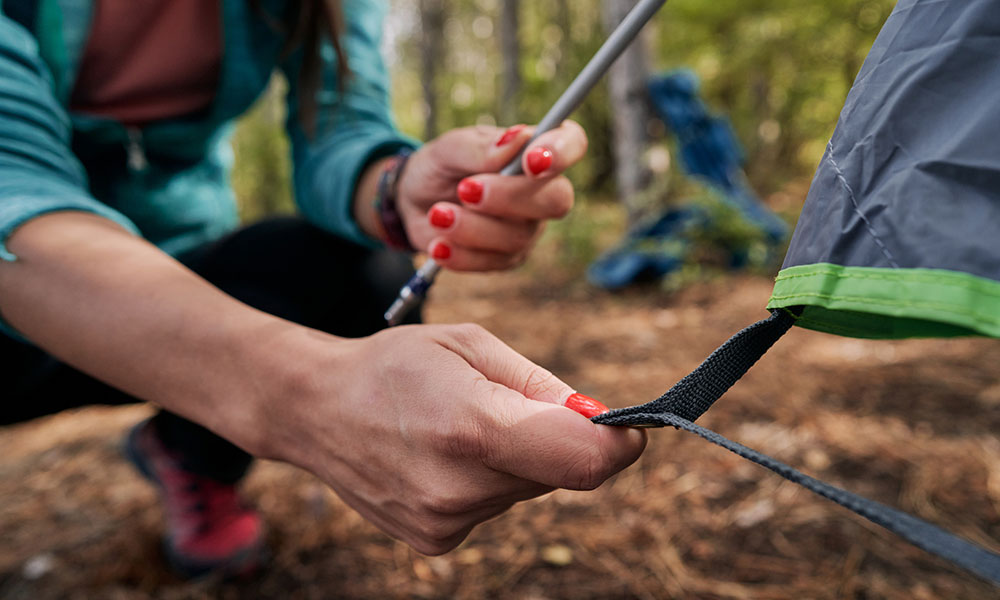
The last thing you’re going to want to do is spend an hour or two cooking an elaborate meal after driving out to your favourite site after work, says Kolskog.
“Bring chili or something like that,” he recommends – or anything else that involves little more than spooning out into bowls or onto plates. “By the time you set up your camp you want to open a beer.”
2. Freeze your meat
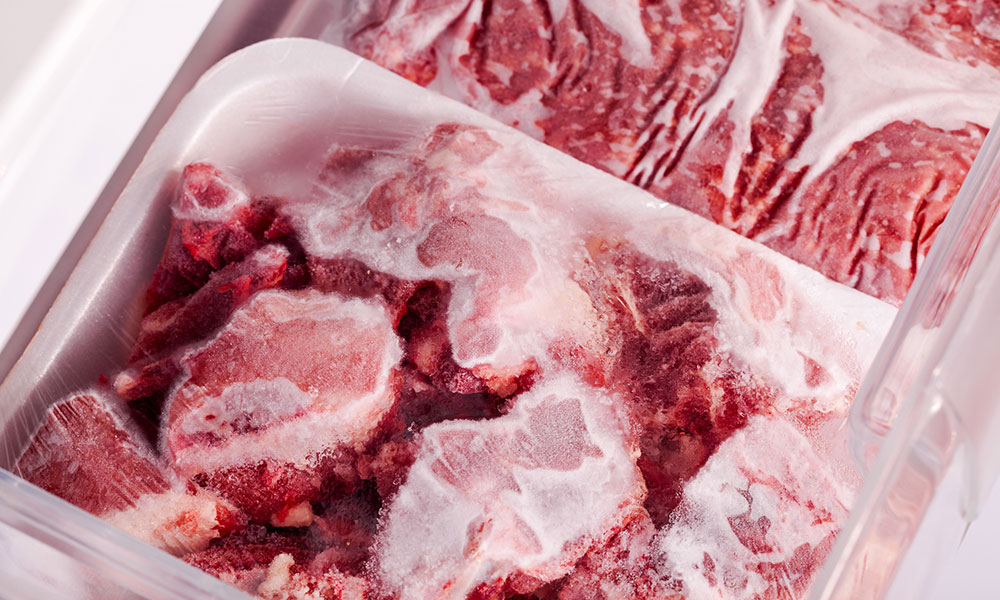
If you’re not planning to barbecue steaks on the first night (which, as we’ve learned, you should not), freeze every piece of meat going into your cooler, says Kolskog.
Not only will this keep the meat fresh and prevent a mess of bloody drippings, but it will help other items in the cooler chilled as well.
3. Focus on the “boring” fruits
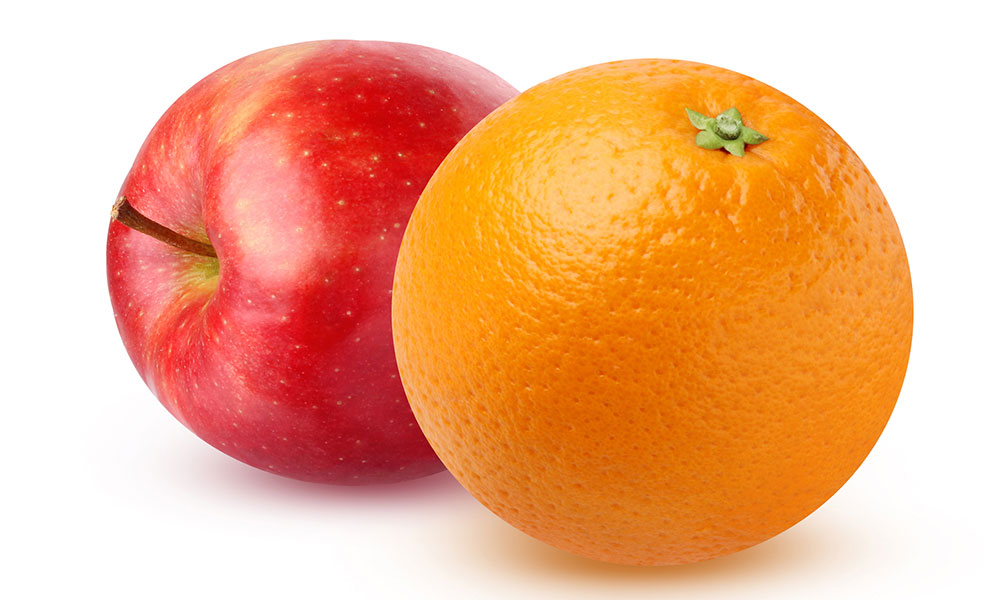
Kolskog learned early on that soft-fleshed fruits like peaches and nectarines are not rugged enough for even a car-camping expedition. Instead, take a tougher tack with fruits and veg.
“You want to bring stuff that has more of a skin. So – I hate to be boring – but apples and oranges.”
4. Do prep at home
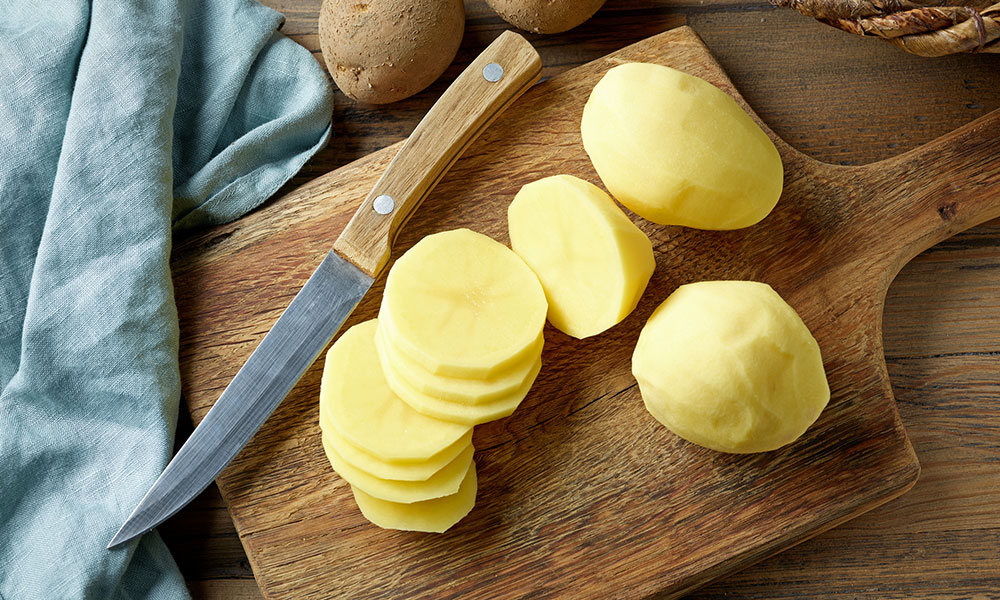
Cutting, parboiling and seasoning at home will save time at the campsite – and your back, too.
“Then you're not trying to do prep on a picnic table or anything like that,” says Kolskog.
Try half-cooking foods such as potatoes, root vegetables, or even zucchini, season to your liking and wrap in foil. “Then you can just warm them up in the fire.”
5. Get a good camp stove
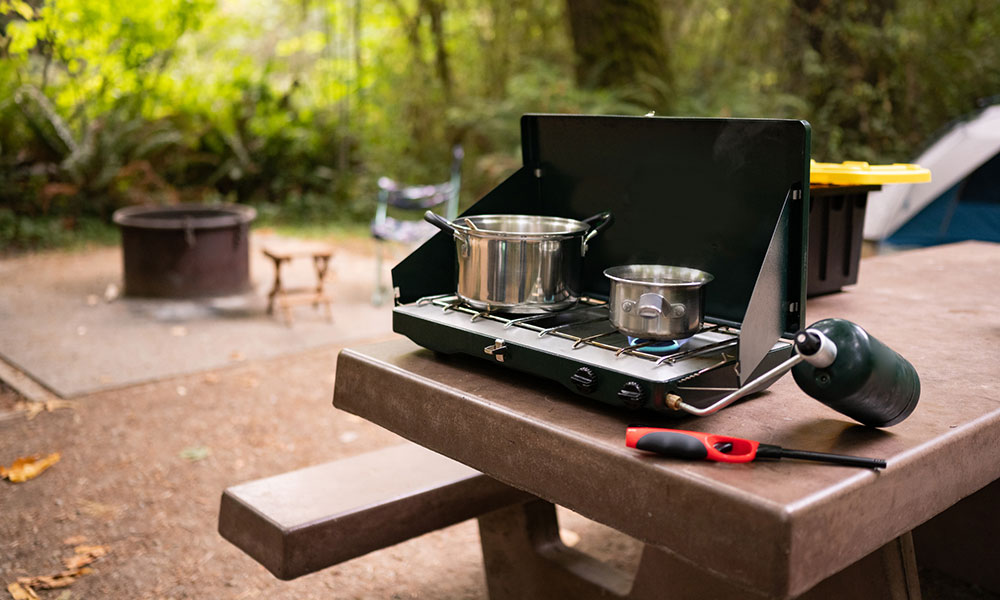
About that fire – don’t rely on it for all of your campsite cooking. A good blaze with hot coals can take about an hour to produce, says Kolskog. For him, that’s much too long to wait for a morning cup of coffee.
“We did it back in the early days when we were young and stupid,” says the chef with a laugh.
A good propane- or butane-fuelled stove heats food quickly. Besides, Kolskog adds, have you seen the price of a bundle of wood these days?
6. Forgo the cast iron skillet (or, make cleanup easy)
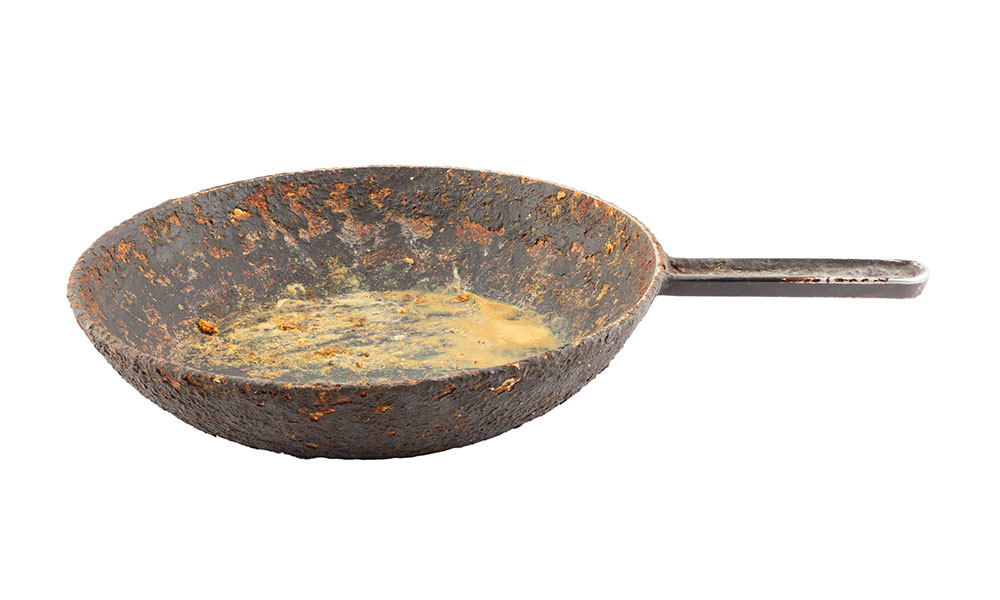
There are those who swear by cooking on a seasoned iron pan – and then there is Kolskog, who says it’s too heavy and hard to wash.
Instead, he opts for Teflon when he can, reducing time hunched over a wash basin on the picnic table bench. Alternatively, he suggests the classic metal pot set with a removable handle. “They’re nice and compact.”
7. Make it easy on yourself
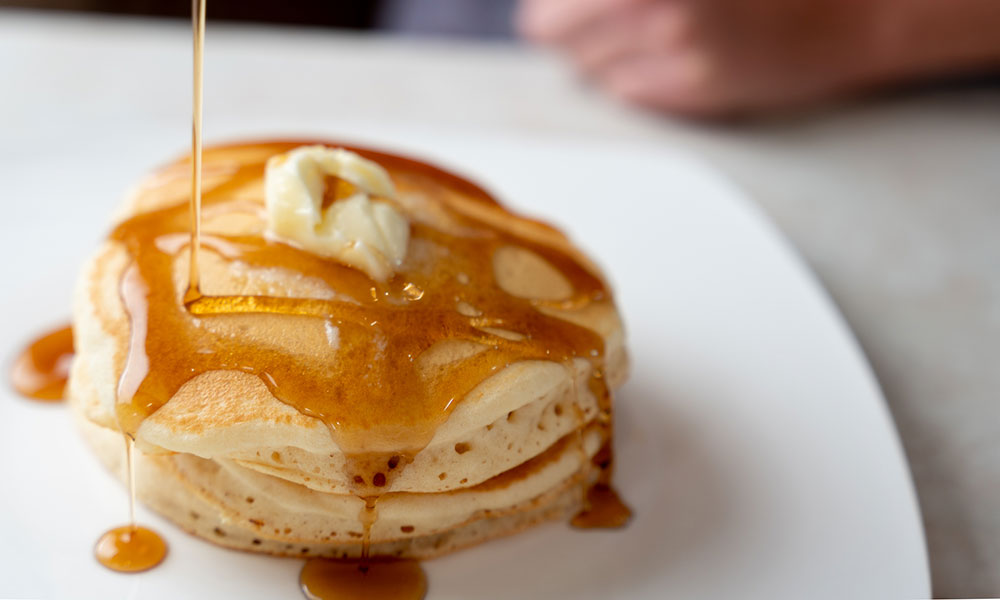
Maybe you make pancakes from scratch when you’re at home. But the campsite is not your home. You’re on vacation. “There are mixes that just take water,” says Kolskog. “Those are super convenient [and] they're good pancakes.”
Similarly, don’t bring butter for them, he adds, as it will spoil far faster than margarine ever will.
Hot dogs also qualify as super convenient. Eat well, says Kolskog, but don’t forget that memories are made from classic campfire experiences, such as roasting a weiner on a stick. “That's a lot of fun, and I love a good hot dog,” he says.
8. Don’t forget the midnight snack
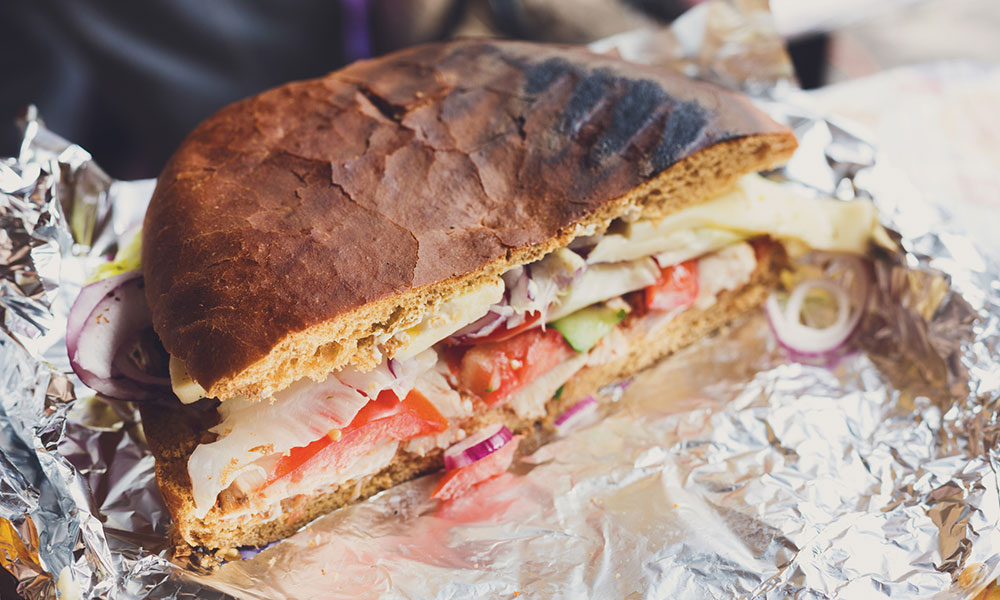
You’re going to be up late and you’re going to be hungry – but you can only eat so many hot dogs. So be prepared! Here’s Kolskog’s creative but easy way to do that:
- When prepping your foiled vegetables at home, make another for a panini-style sandwich. Between two pieces of good bread, pile up your favourite cheeses, cold cuts and vegetables that will hold up to cooking (i.e., not lettuce).
- Find a flat rock, slightly broader than the package, and butt it up against the outside of the firepit to absorb heat.
- At around 6 p.m., lay the sandwich in foil on the rock.
- Be patient, but diligent. Every hour, flip the sandwich.
- When the clock strikes 12 (or however long you can tolerate waiting) open the foil and behold the wonder that is your perfectly cooked sandwich.
- Take a bit and savour the flavour of good planning and getting away from it all. “It's nice and toasty hot,” says Kolskog, “and a really cool campfire snack.”
Banner image by GMVozd/istockphoto.com